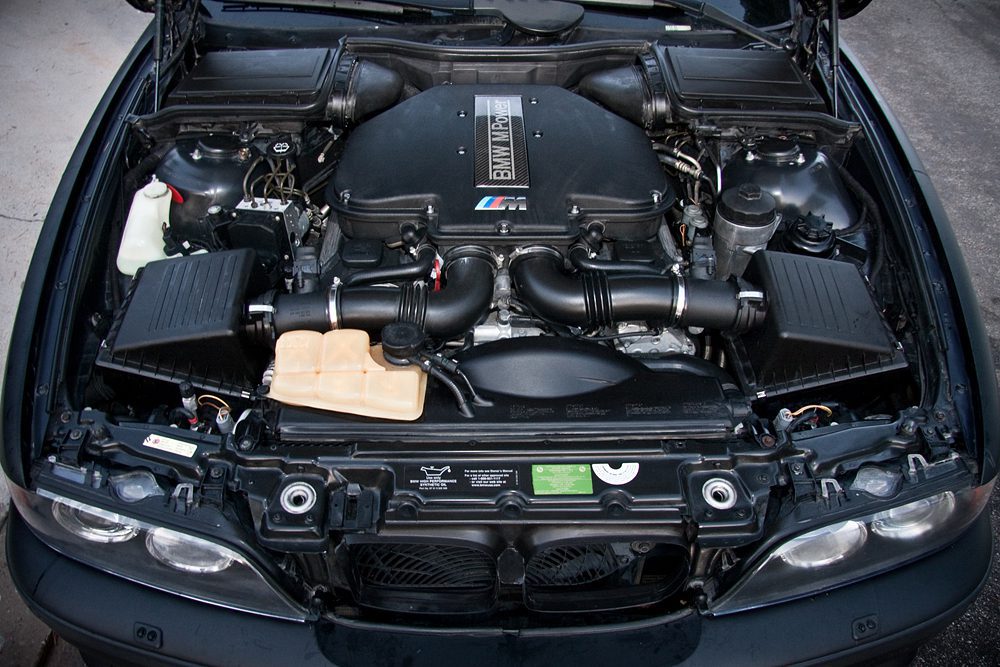Update Your Automobile with a New Opel Corsa Engine
Wiki Article
Comprehensive Review of a Subcompact Vehicle's Powertrain Capabilities
In the realm of automobile engineering, the powertrain of a subcompact automobile stands as a vital nexus where effectiveness, efficiency, and technology converge. When inspecting the elaborate web of elements that drive these lorries forward, one discovers a harmony of design wonders waiting to be studied. From the engine's unrelenting search of optimum efficiency to the transmission's smooth choreography of power circulation, every component plays a crucial role in specifying the total driving experience. However, beyond the surface exists a chest of understandings waiting to be discovered, guaranteeing a much deeper understanding of exactly how these powertrains genuinely get on in the realm of practical application.Engine Performance Evaluation
In evaluating the engine performance of the subcompact auto, a comprehensive analysis discloses its performance and power output under numerous driving conditions. The subcompact car's engine, a critical part of its powertrain system, demonstrates good efficiency metrics. The engine's efficiency is notable, as it optimizes gas consumption without jeopardizing power delivery. Under typical driving problems, the engine runs smoothly, showcasing a balance between performance and fuel economic situation.Furthermore, when based on rigorous testing situations such as high-speed acceleration or uphill climbs up, the engine shows strength and responsiveness. Its power output remains constant, supplying appropriate velocity when required. The subcompact vehicle's engine is tailored to satisfy the demands of metropolitan driving, where quick velocity and nimble maneuverability are necessary.
Additionally, the engine's layout integrates modern-day innovations that boost its efficiency features. Attributes like turbocharging or variable shutoff timing add to improved power shipment and torque, enhancing the overall driving experience. To conclude, the engine performance of the subcompact vehicle underscores its ability to deliver trusted and reliable power outcome across various driving conditions.
Transmission Performance Examination
Evaluating the subcompact cars and truck's transmission performance includes evaluating its efficiency in sending power seamlessly throughout various driving problems. The performance of a transmission system is crucial as it directly impacts the general performance and gas economy of the car. In examining transmission effectiveness, aspects such as equipment ratios, shift timing, and the level of smoothness of equipment modifications are taken into consideration. A properly designed transmission system ought to successfully deliver power from the engine to the wheels while lessening energy losses.
One usual approach used to assess transmission efficiency is with dynamometer testing, where the power outcome from the engine is measured at the input and output shafts of the transmission. By assessing these elements, designers can determine locations for renovation and maximize the transmission system for better general efficiency and effectiveness.
Gas Efficiency Exam
The examination of the subcompact automobile's gas effectiveness entails an extensive evaluation of its intake rates under different driving problems. Fuel efficiency is a critical element in analyzing the overall performance and cost-effectiveness of a car. By gauging the amount of fuel taken in per device distance traveled, usually shared as miles per gallon (MPG) or liters per 100 kilometers (L/100 kilometres), the efficiency of the subcompact cars and truck's powertrain can be determined.
Furthermore, innovations in technology, such as hybrid systems, regenerative braking, and YOURURL.com automated start-stop systems, have dramatically improved fuel efficiency in modern subcompact cars and trucks. Producers continue to optimize and innovate powertrain elements to improve gas effectiveness while meeting efficiency needs and ecological laws. Evaluating a subcompact vehicle's fuel efficiency supplies useful understandings for consumers seeking lasting and affordable transport remedies.
Velocity and Handling Evaluation
An important element of assessing the performance capabilities of a subcompact automobile exists in examining its acceleration and taking care of features. Velocity is vital as it figures out exactly how rapidly the vehicle can get to preferred speeds, impacting total driving experience and ability to move in different traffic Get More Info problems. opel corsa engine. Subcompact cars and trucks are typically favored for their nimbleness and agility, making velocity from dead stop and throughout surpassing maneuvers important factors to take into considerationWhen it concerns handling, a subcompact automobile's capacity to browse edges, preserve security at high speeds, and offer a receptive steering feeling are critical. Limited city streets and winding roadways require specific managing to make certain motorist confidence and security. Factors such as suspension tuning, weight circulation, and tire grip play considerable roles in figuring out a subcompact vehicle's total handling prowess.

Powertrain Components Overview
Upon diving into the intricacies of a subcompact car's efficiency, a thorough assessment of its powertrain elements is important to understand the vehicle's mechanical underpinnings. The powertrain of a subcompact auto commonly consists of the engine, transmission, driveshaft, differential, i thought about this and axles. Understanding just how these elements work together is critical in examining a subcompact vehicle's overall efficiency, efficiency, and driving characteristics.Verdict
Finally, the subcompact automobile's powertrain abilities have been thoroughly assessed in terms of engine performance, transmission effectiveness, fuel velocity, efficiency, and handling. The comprehensive evaluation highlights the importance of each part collaborating perfectly to supply optimal efficiency. On the whole, the powertrain elements of the subcompact auto have actually been located to be well-balanced and effective, making it a reliable option for vehicle drivers looking for a compact and fuel-efficient automobile.In the world of vehicle design, the powertrain of a subcompact vehicle stands as a crucial nexus where advancement, efficiency, and performance merge.In evaluating the engine efficiency of the subcompact auto, an extensive analysis exposes its effectiveness and power outcome under different driving conditions.Examining the subcompact auto's transmission efficiency involves analyzing its performance in transmitting power seamlessly across various driving conditions. Understanding how these components function with each other is critical in assessing a subcompact car's overall performance, performance, and driving characteristics.In verdict, the subcompact cars and truck's powertrain abilities have been thoroughly assessed in terms of engine efficiency, transmission efficiency, gas efficiency, velocity, and handling.
Report this wiki page